Edacular frame with the risen Christ
Antique and salvaged polychrome marble, cm 60 x 46 x 10
The edicola with architectural fontale is made of precious marble, probably the result of a recovery from luxurious buildings or elaborate objects of antiquity. The marbles used seem to be the ancient yellow, taken since time by the Roman republic from the quarries of Numidia, and the red marble of Sicily, extracted from the quarries in the Inici mountains, behind the village of Castellammare del Golfo, in Trapani. As far as the ancient yellow marble is concerned, this is used by the numids already from the II century before Christ. Pliny attributes its introduction to Rome to Marcus Aemilius Lepidus in 78 BC, who used blocks of it for the thresholds of his house. Suetonius reports that the people had erected in the Roman Forum an honorary column of Numidic marble dedicated to Caesar; Augusto used it for the peristyle columns of his house on the Palatine Hill along with the portasanta marble and pavonazzetto marble and also made wide use in his Forum. The quarries soon became imperial property and this variety of marble was widely used for column barrels and wall and floor coverings in public buildings of cities closer to the coast of the Mediterranean Sea, and in particular was exported to the Italian peninsula. It was also used for statues of barbarians or wild beasts, depending on its origin. In the 3rd century, the quarries were probably running out and the old yellow was progressively supplanted by yellow breccias of other origin and less valuable. The red marble of Sicily, also used since the times of the Roman republic, is frequently used in Sicilian Renaissance and Baroque architecture.


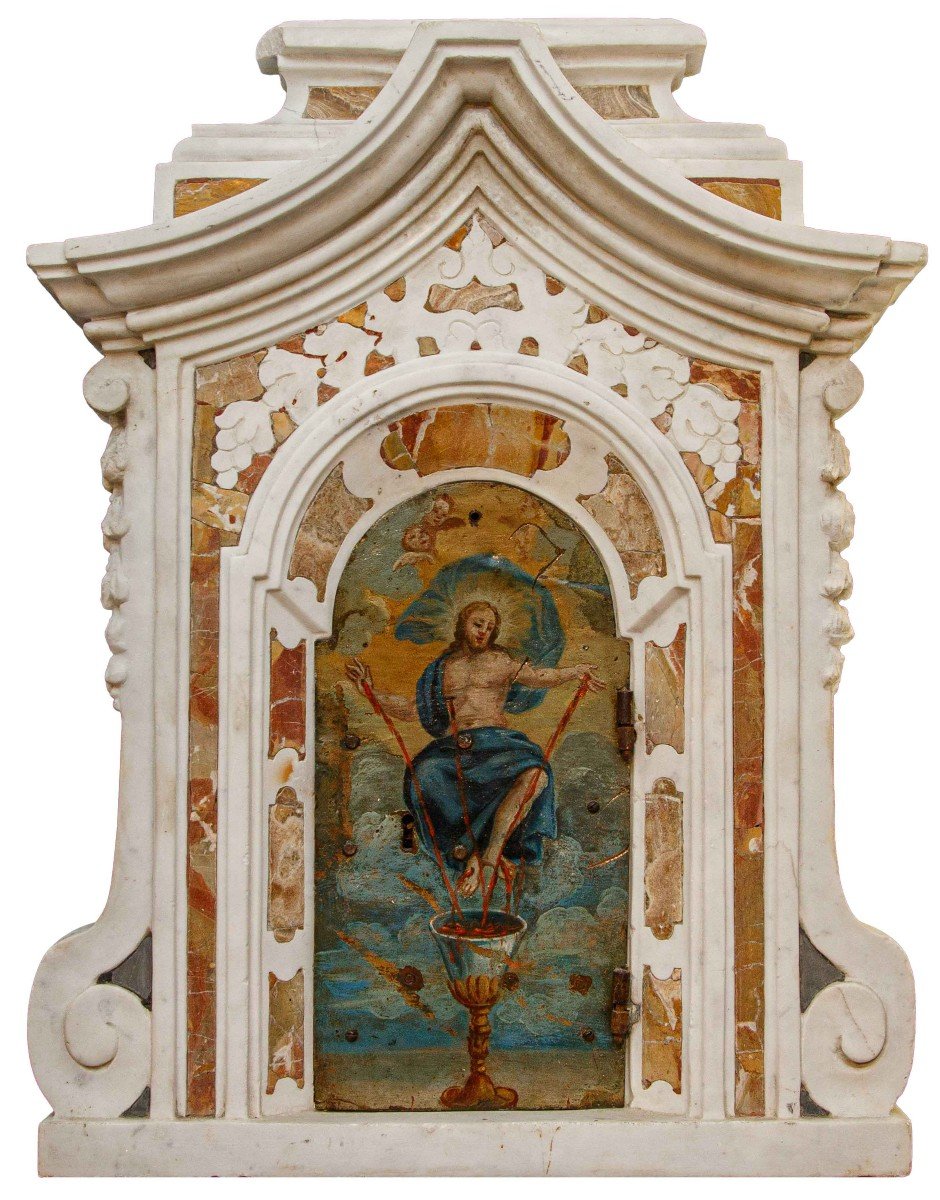

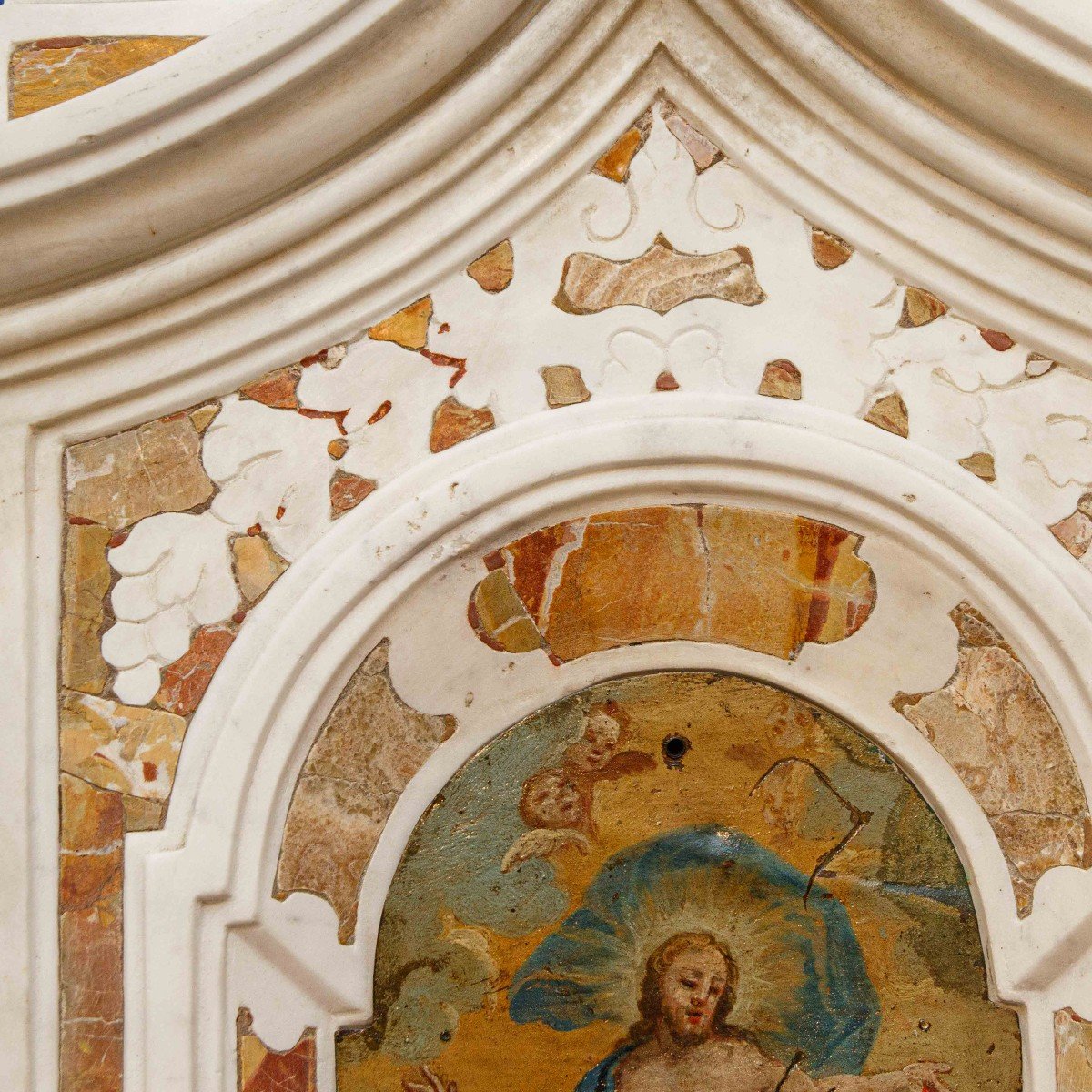
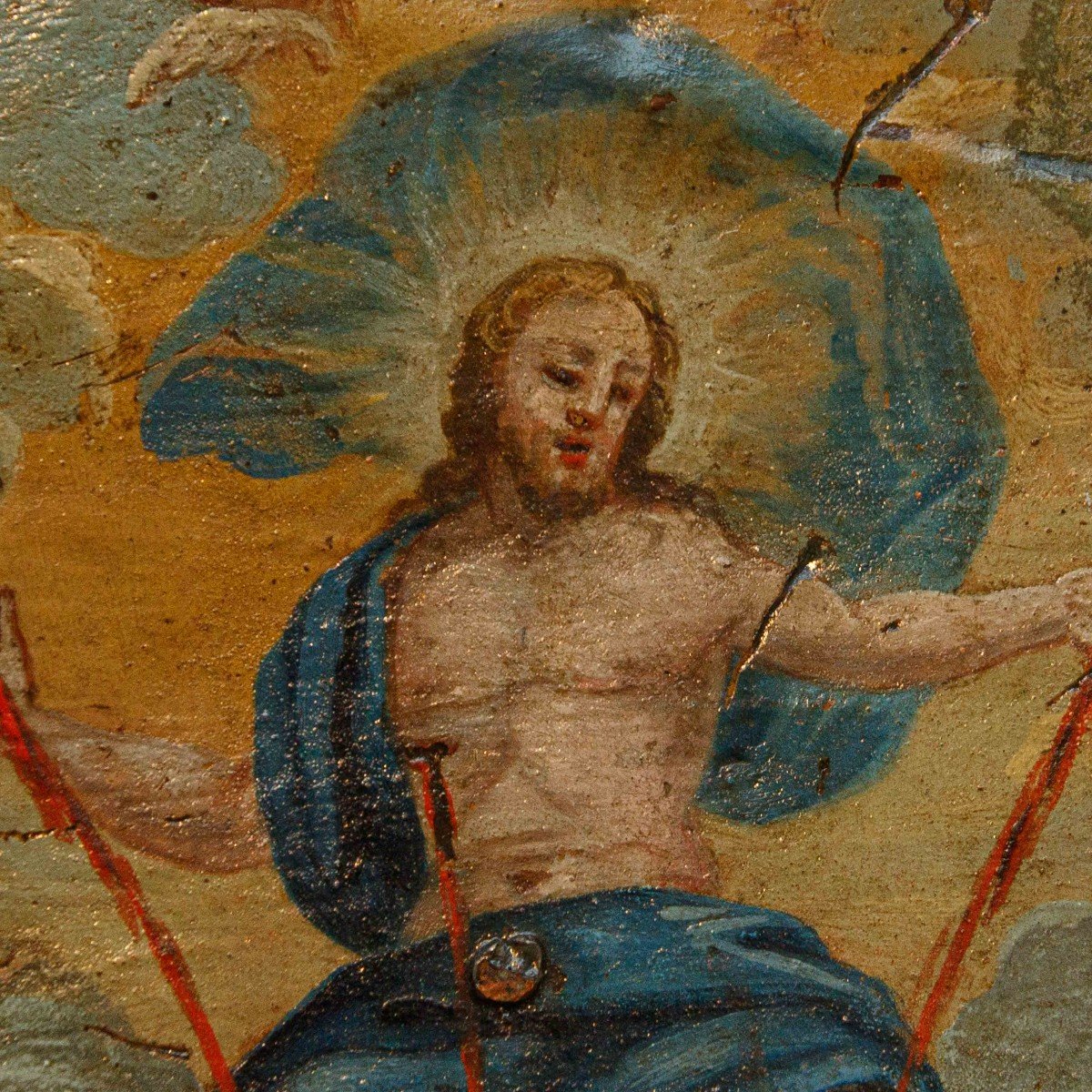
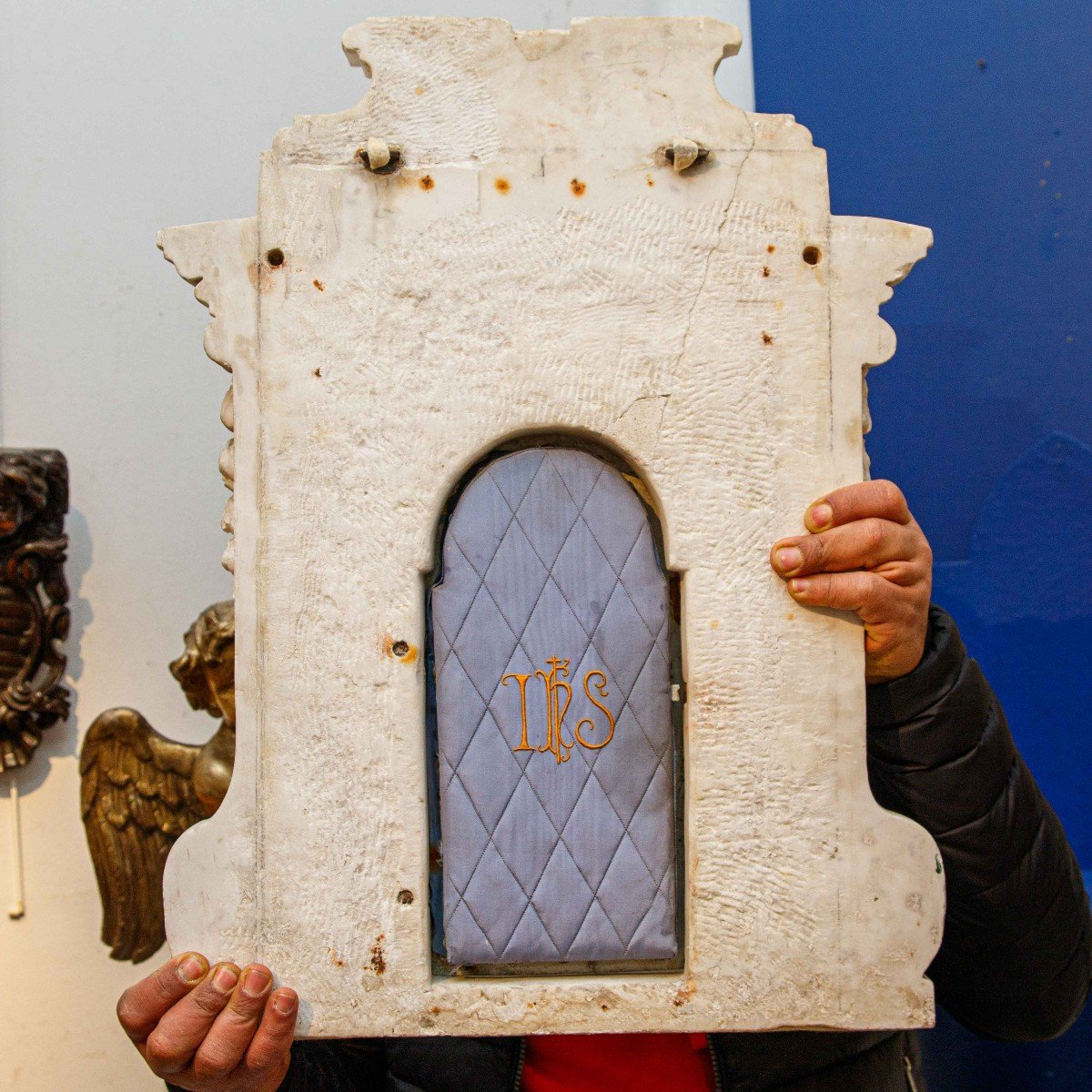








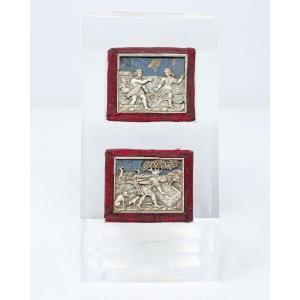






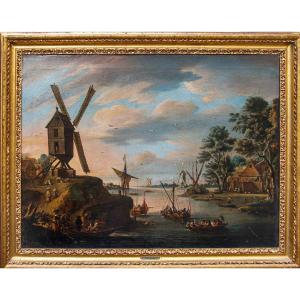















 Le Magazine de PROANTIC
Le Magazine de PROANTIC TRÉSORS Magazine
TRÉSORS Magazine Rivista Artiquariato
Rivista Artiquariato